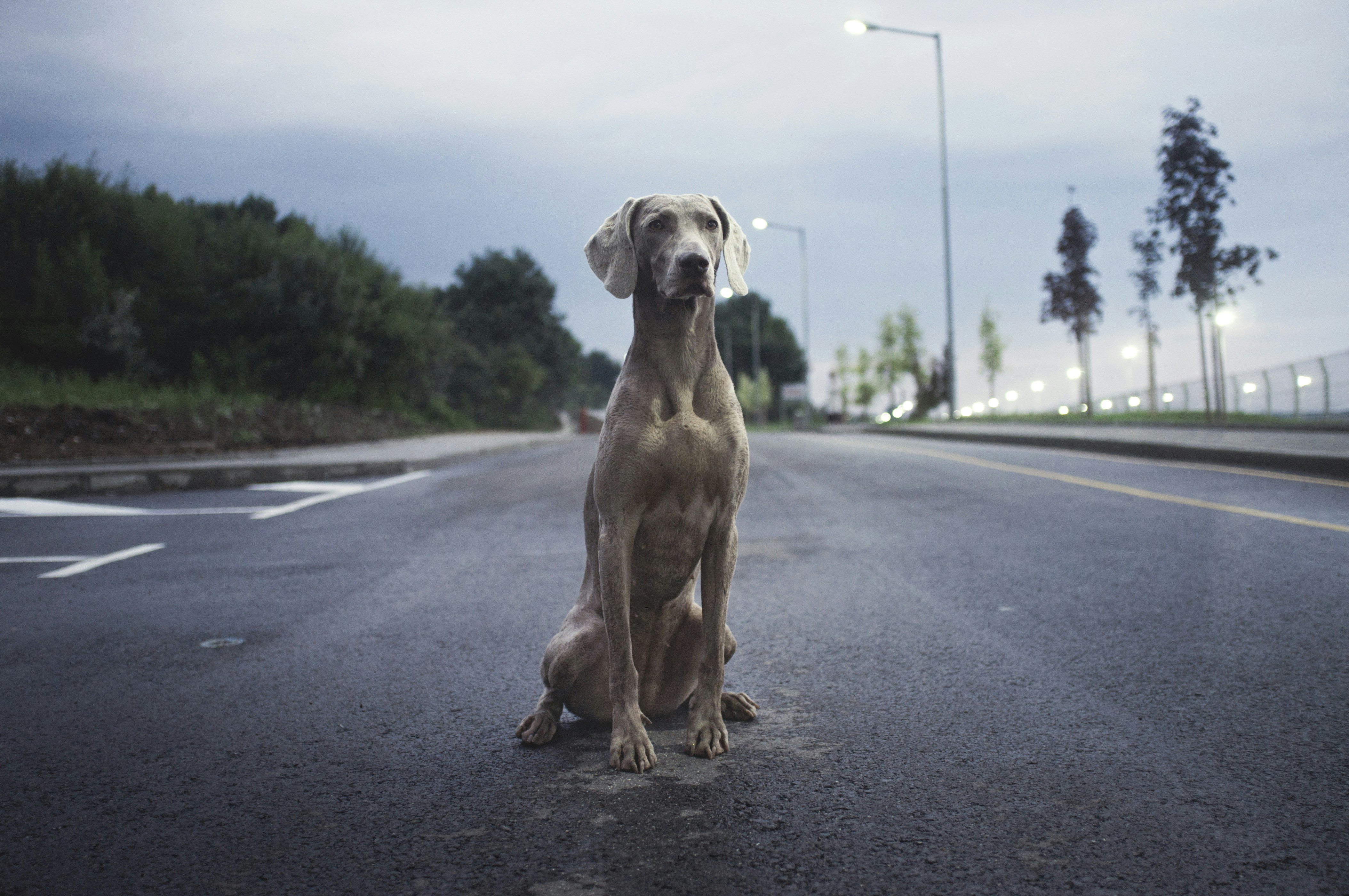This is an updated version of an article previously published in 2021 under the title of “Dogs Aren’t Machines, Apart From Missing Mechanical Components. Here’s Why.”
Dogs vs. Cars
Let’s start by considering a car. A finely tuned machine made up of hundreds of parts. Each part, and the final whole, needs to pass rigorous inspections. I expect my car to roll backward as I hit the gas when I shift into reverse. Even as I was learning how to drive, I still expected my car to act as instructed – because it’s built that way, it cannot make conscious choices and doesn’t have emotions (unless it is Kit from Knight Rider). I didn’t have to do anything special other than keeping up with regular maintenance and inspections.
Now, to your dog. Whether intentionally bred or not, each dog has a unique personality and genetic material and can make choices. You have to keep up with regular veterinary appointments and care. Unlike the car, your dog is not pre-programmed to perform specific tasks or functions. He needs to learn how to walk next to you, come when you call him, and even understand that he shouldn’t be afraid of the mailman and attempt to bite him.
Using “Stay” as an Example
Many variables have to be accounted for to have a reliably consistent companion, many more than you might think. Let’s look at some as we use a trained down stay as an example.
Say you have trained your dog to go into the down position and hold it while you back away 10 feet over 8 seconds. Your dog is doing great in your living room; now, you want the same results at the park. You ask for a down, and he gets into position more slowly than usual. His eyes dart from you to the person walking across the park and to you again. When you turn to take a step away, your dog immediately gets up.
You think, “I know you understand what I want you to do, Fido.” Frustrated, you try again with similar results.
Here’s why:
You have not prepared for the variety of changes you’ve added to the park situation:
- Smells in the grass where other animals have been
- Sounds of people talking
- Seeing people walking and cars pulling into the parking lot
- You are turning your back to your dog instead of backing away
- The excitement of being in a different place
- Knowing to only “work” inside your house
- Anxiety about men wearing hats
- The rabbit poop nearby in the grass
The list goes on.

You can drive your car anywhere in the spur of the moment and reasonably expect it to perform exactly as expected, but you cannot expect your dog to do the same without a considerable amount of consistent training over an extended period—broken down into tiny steps. Anything less sets your dog up to fail.
Your car cannot make choices, but your dog can. Those choices may also be impacted by how your dog feels emotionally and physically. In other words, your dog is not a machine.
The Robot Dog
Growing up, I had a robot dog that would walk when you pushed one button and bark when you pushed another. It was fun at first, but it ended up being very dull due to it’s lack of personality. My robot dog never tried to eat from the litter box of the actual cat.
Today, my real live dog, Jeter, and I were in the yard -finally enjoying the first nice day of warmer weather. Being a grass eater, I thought nothing of his nose to the ground and the occasional munching. It turns out my not-so-machine-like dog was snacking on rabbit poop. That’s okay, I never worked on training him to leave rabbit poop alone in our yard, and even if I did, I don’t expect Jeter to perform perfectly 100% of the time.
By the way, even owners who train their dogs for competition work do not expect always to receive a score of 100.


